The French Connection before 1900 (Jul 2019)
In previous blogs here, we have surveyed Irish mathematical connections with overseas places of learning, including Cambridge and Oxford before 1900, and several US areas (Caltech, Boston, Illinois). This month, we turn to the French connection before 1900.
In earlier times, when educational opportunities for native Irish scholars at home were very limited, there was a custom of going to the continent to pursue study of all sorts. France was one country that provided many with a chance to study maths and science which was simply not available at home. It also provided two of the early professors of note at St Patrick's College in Maynooth, due to the exodus from France associated with the French Revolution.
As usual, we include some people with physics and engineering leanings. Please alert us to any omissions or errors: we suspect several Irish mathematical clerics from the period whose educational background is currently unknown to us really belong here. A future blog will continue the story from 1900 on, including notable names such as Pádraig de Brún and Patrick McLaughlin.
Last updated 10 June 2021.
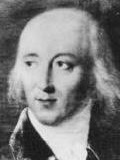 |
1. Mathematician, thermodynamics pioneer and military man Patrick (Patrice) d'Arcy (1725-1779) was born 27 September in Kiltullagh Castle, Galway. He was educated privately in Paris, studying with Jean-Baptiste Clairaut, following which he had a successful career in the French army. He is remembered for his contributions to dynamics, especially angular momentum. |
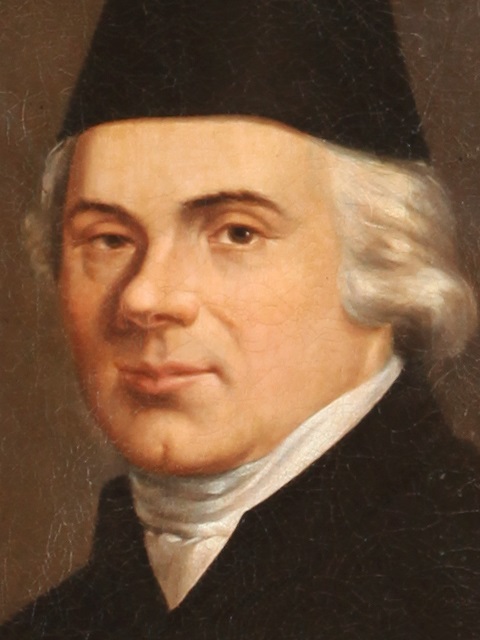 |
2. André Darré (1750-1833) was born 5 February in Montaut, Auch, near Toulouse, France. A priest, Abbé Darré was appointed first professor of logic at the then-new St. Patrick's College, Maynooth. He was there from 1797 to 1813, in 1801 becoming professor of maths and natural philosopy. He is best remembered for his text Elements of Geometry with Both Plane and Spherical Trigonometry (1813), which continued to be used (in revised form) for over 60 years. A great deal more about this man's life can be found in Rod Gow's excellent IMS article. |
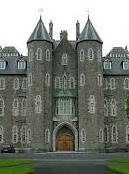 |
3. Canon Peter Delort (1758-1835) was born in December in Bordeaux, France, and was educated at Guienne College there. He was appointed the first professor of maths and natural philosophy at Maynooth in 1795, but took leave in 1801 and returned to Bordeaux. He is listed as AM LLD in the The Traveller's Director Through Ireland (1801). |
 |
4. Science and maths writer Dionysius Lardner (1793-1859), was born 3 April in Dublin. He was educated at TCD (BA 1817, MA 1819), and worked there as a chaplain while publishing mathematical articles. For a few years (1828-1831) he was the first professor of physics and astronomy at what would become the University of London, and he devoted the rest of his career to extensive writing and overseas lecturing. His many books included An Elementary Treatise on the Differential and Integral Calculus (1825), The First Six Books of the Elements of Euclid (1828), An Analytical Treatise on Plane and Spherical Trigonometry, and the Analysis of Angular Sections (1828), but he is best remembered for the mammoth Cabinet Cyclopædia, a series of over 100 volumes, which he edited. The last 14 years of his life were based in Paris, to which he had initially fled in 1840 with another man's wife. |
 |
5. Pierce Morton (1803-1859) was born 27 November in Kilnacrott, Drumrora, Cavan, and grew up there and in Devon. He was educated at Cambridge (Trinity, 6th wrangler 1825, MA 1829), and was appointed as professor of maths at King's College in Nova Scotia, a position he left within six months. A few years later, in England, he published a new proof of the focus-directrix property of conic sections, and a book on geometry. He was a magistrate in Cavan, and for a while in the 1840s lived in France. He spent his last decade working at the Cape Observatory in South Africa. Cambridge / NovaScotia / Paper / Numericana / Cape / Cape 2 / NLI / 1847 |
 |
6. Edward Butler (1812-1902) was born (probably in October) in Dublin and grew up in France. He was educated at TCD (BA 1842, MA 1846), and his career included stints on the National Education Board (1838-1854 & 1859-?). He was appointed the first professor of maths at Catholic University in Dublin in 1854, though he only stayed for 5 years. He authored Supplement to the First Book of Euclid's Elements (1872) and Syllabus of Lessons, with Notes and Exercises on the Elements of Arithmetic (1883). Little is known about his later life, other than that he lived in Cambridge as did his theologian son. |
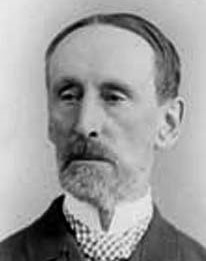 |
7. Morgan Crofton (1826-1915) was born 27 June in Dublin and was educated at TCD (BA 1847). He was the first professor of natural philosophy at Queen's Galway, in 1849. However after a few years he moved to France for a while, then taught at the Royal Military Academy in Woolwich for almost 3 decades, where he authored the book Lectures on the Elements of Applied Mechanics (1877) and co-authored Tracts on Mechanics (1881?). He ended his career teaching at UCD (1884-1895). TCD awarded him an honorary DSc in 1898. |
|
8. Rev Thomas Kelly (1829-1898) was born in Dublin and was educated in Dole (Burgundy) and Avignon in France, and later in Hodder, near Stonyhurst in England. His career included stints teaching in Tullabeg / Belevedere (at least 1851-1857) / Wales / France / Limerick (1864-1872). Circa 1863 he taught (or at least wrote maths exams) at Catholic University in Dublin. |
|
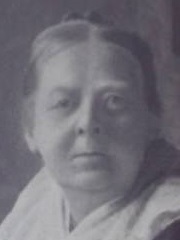 |
9. Mary Boole (née Everest, 1832-1916) was born 11 March in Wickwar, Gloucestershire, England. She grew up mostly in Poissy, near Paris, and later in England. Her private education included plenty of mathematics. In time, she married George Boole, who had tutored her and was already settled in Cork as first professor of maths at Queen's College. She helped him assemble some of his landmark books, and their daughter Alice also contributed to mathematics. Following her husband's death in 1864, she moved to London where she taught and developed innovative ideas about the use of physical manipulations in strengthening "the unconscious understanding of materials learned in a classroom setting'' (e.g., curve stitching). Her numerous publications include the book Philosophy and Fun of Algebra (1909). |
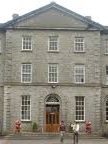 |
10. Rev Thomas R. Power (1860-1920) was born in Herbertstown, Kilcullane, Limerick, and was educated at the Irish College in Paris and at the University of Paris. His career included terms as a clergyman in Doon Convent (Limerick), vice president (and prof of maths) at St Patrick's in Thurles (1888-1911), and again clergyman (Galbally, Limerick, 1911-1920). |
|
|
|